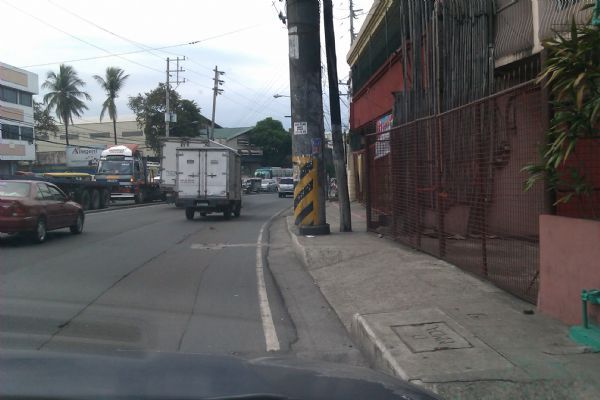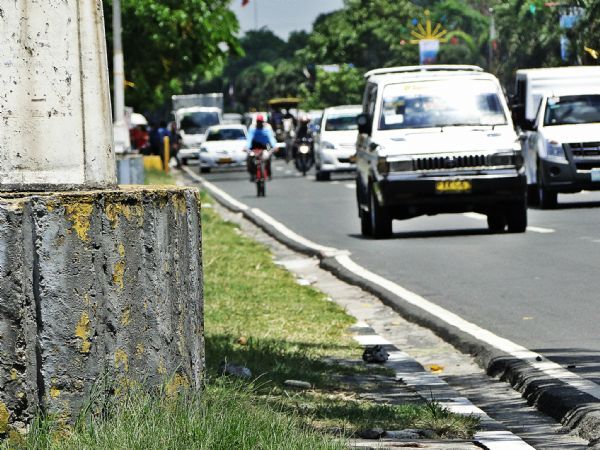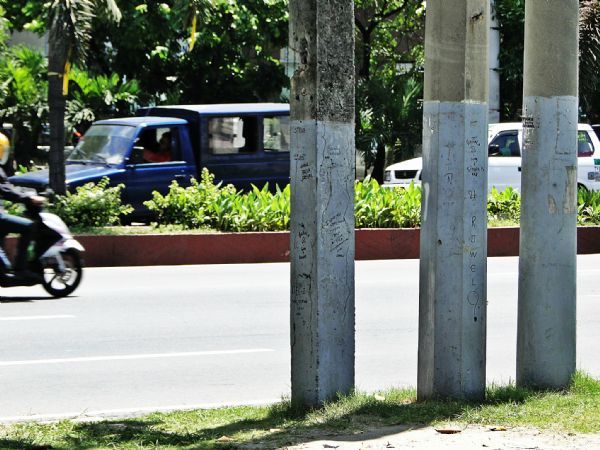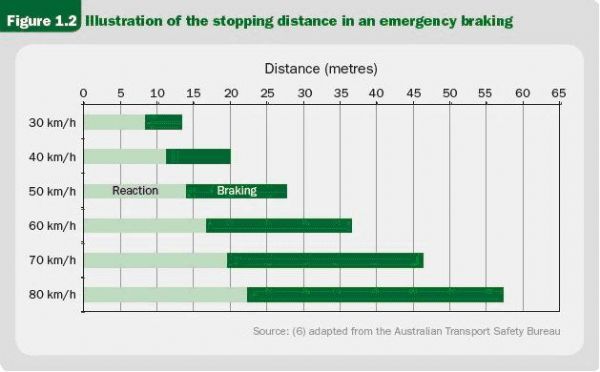





Sight Distance (Obstruction Removal)
Adequate sight distance provides time for drivers to identify hazards and take appropriate action to avoid them. Improved sight distances on the approaches to intersections and through curves can reduce crashes at these high-risk locations. Good forward visibility at pedestrian crossing facilities will give drivers more time to react. Rear end collisions can be reduced with improved forward visibility.
Sight distance improvement can be associated with high cost if crest and/or curve realignments are required or if the line of sight is outside the road reserve requiring land acquisition to remove obstructions such as embankments, buildings etc. Although minimum sight distances must be provided, in some situations such as intersection approaches, excessive forward visibility may induce high approach speeds and take the attention of the driver away from the immediate junction conditions. Plantings and moundings are often required on the central island of roundabouts to restrict the forward visibility of approach drivers. Drivers seeing through the roundabout may overlook the presence of a roundabout and fail to slow down in time. In very specific cases, adjustments to reduce sight distances can be helpful in reducing approach speeds (see for example http://www.dft.gov.uk/ha/standards/dmrb/vol6/section2/td1607.pdf). However, particular care must be exercised when taking this approach. At intersections sight lines and visibility splays are often required at larger angles to the user’s normal view point (for example, in a motor vehicle the driver may have to look through the side windows). Ensure traffic signs and signal heads are not obstructed by vegetation or street furniture.
Treatment Summary
25-40% |
Case Studies
Related Images

Example for limited forward visibility and roadside hazard from Manila North Road, Philippines. Image credit: Greg Smith 
Roadside hazard in Manila, Philippines. Image credit: Greg Smith 
Roadside hazards, Roxas Blvd Manila Philippines. Image credit: Greg Smith 
Stopping distances in an emergency. Image Credit: WHO










